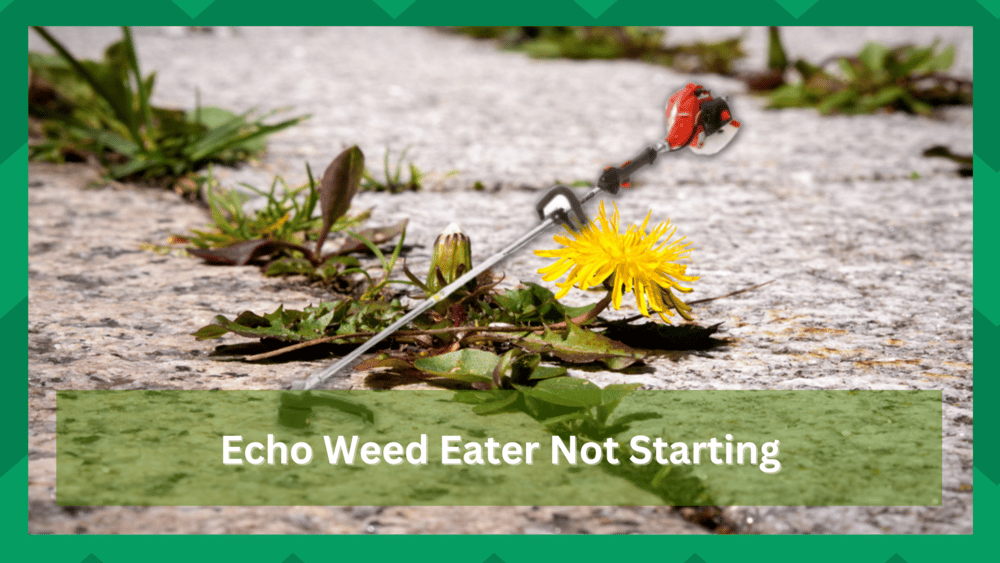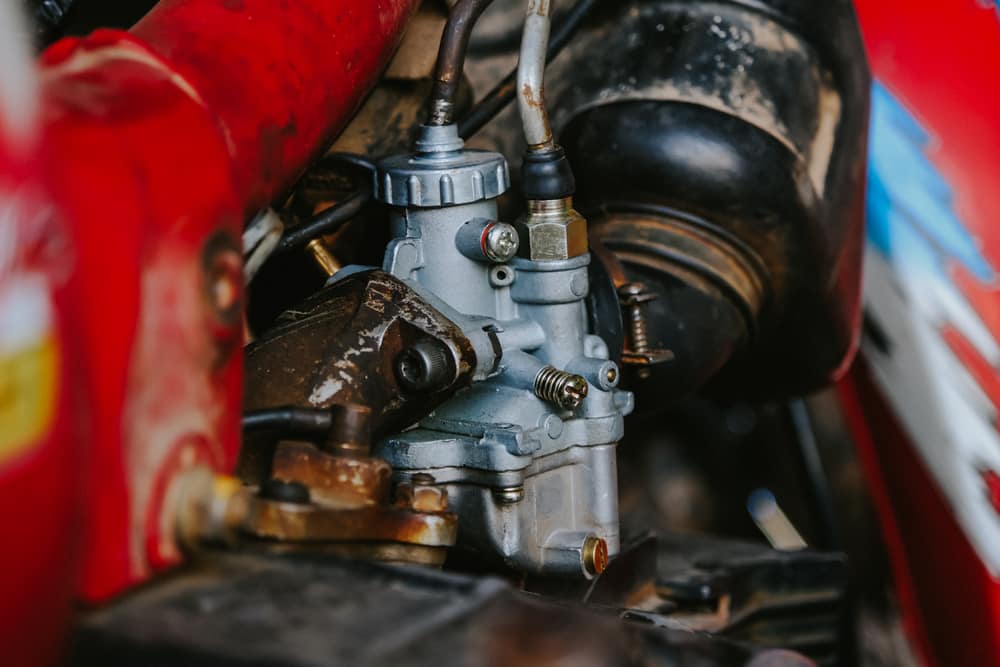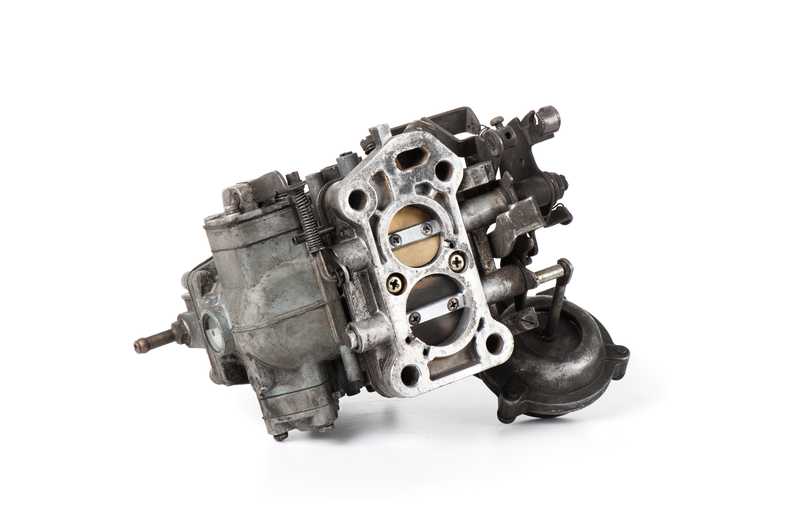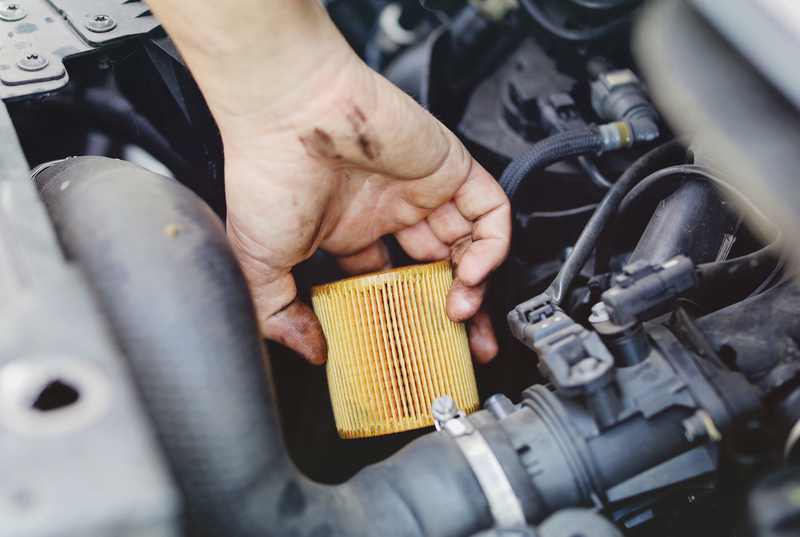
Echo products have become a hot topic among many gardeners.
This brand offers a wide variety of gardening products and aims to become the one-stop for all gardeners worldwide. One of the most famous accessories from this brand is the Echo weed eater.
It is quite a handy machine that helps you manage the length and shape of your gardener.
Unfortunately, we have noticed some gardeners struggling with the Echo weed eater not starting. Let us help you with a few solutions for similar issues.
Some Things to Try if Your Echo Weed Eater is Not Starting
- Checking Compression
Compression is essential for any internal combustion engine and needs to be at the correct level for your machine to function properly.
We’ll discuss how you can test the Compression on your Echo weed eater and what you should do if it’s not up to par.
With some simple know-how and basic hand tools, you should have no problem running your machine again.
Testing Compression
The first step in testing your machine’s Compression is to remove the spark plug. This will allow you to insert a compressed air gauge, which you can purchase from any hardware store or online.
Make sure that you keep track of the numbers shown on the gauge so that you have an accurate reading of the pressure levels.
Once the gauge is inserted, start the weed eater and let it run for a few seconds. This will help ensure that the engine has reached its optimal Compression level.
After this is done, remove the gauge and note the pressure levels shown on it. If they are lower than what is recommended for your model, then you will need to take further action.
Taking Steps to Fix the Issue
If your weed eater’s compression levels are below what is recommended, it could be due to a few different things.
The most common issues are worn-out spark plugs, air filter clogs, and incorrect fuel mixtures.
To diagnose these issues, the best option is to consult your owner’s manual or contact a qualified technician to help you.
Once you have identified the source of the problem, it should be relatively easy to fix.
If it’s something like a spark plug or air filter, they should be replaced with new ones to restore proper compression levels. Continue reading as we discuss the steps needed to replace these parts.
- Clogged Carburetor
If your Echo Weed Eater isn’t starting, chances are it’s due to a clogged carburetor.
This is a common issue with small engines and can be easily fixed by following these steps. First, check the air filter and clean or replace it if necessary.
Then remove the spark plug and inspect its condition; if it looks worn or has debris, you’ll need to replace it.
After that, locate the carburetor cover and unscrew the screws securing it; once removed, you should see the main jet, which may be blocked with dirt or debris.
Use compressed air to blow out any blockages before reassembling everything back together again – don’t forget to add fresh fuel.
Start up your weed eater – if all goes well, your problem should be resolved. If your Weed Eater still isn’t starting, it may be due to a defective spark plug or faulty wiring requiring more in-depth diagnosis.
- Replace Sparkplug
If you bought this weed eater several months ago, then it might be that your Sparkplug has gone bad.
It is quite a common issue and causes problems when users try to start their devices. Luckily, it is pretty easy to get around this problem.
All you need to do is use an ignition tester or inspect the spark plug to find the device’s issues.
If the Sparkplug is worn out, then remove the old Sparkplug and install a new one.
The sparkplug replacement is relatively cheap, and it won’t cost you more than a few bucks to buy a sparkplug for your weed eater.
After installing the replacement, you should start the weed eater again, and it should start working.
- Fix Carburetor

Another mistake people often make leaving the trimmer with fuel inside for a long time.
Doing this can create several problems and can clog your carburetor. So, even though you’re adding more fuel to the device, it is not being transferred to the engine.
It would help if you cleaned the carburetor after removing all the leftover fuel from the machine to fix this problem.
That way, you will free up the passage to the engine. The procedure is quite simple, and you can use any cleaner or the carburetor repair kit to remove the clogged fuel from the carburetor.
For more instructions, we suggest you look at the owner’s manual.
- Replace the Fuel Filter
If you don’t have any leftover fuel in the machine and your carburetor is in perfect shape, then now might be the time to look toward the fuel filter.
Most of the time, when you try to save money and buy low-quality fuel, it can create these issues in your devices.
So, it is just better to spend a few extra bucks on high-quality fuel as it will save you hundreds of dollars in the long run. Otherwise, you will destroy the engine eventually, and you won’t have any choice but to buy a new trimmer.
Replacing the fuel filter in your Echo weed eater will streamline the fuel flow to the engine, and you should be able to get the device working again without further problems.
If you are stunned for help getting the echo trimmer started, call their customer support, and they will connect you with a technician. That way, you can receive specific solutions from a professional that might fix your issues.
- Check the Fuel Line Link
If your Echo weed eater is not starting, it’s likely due to an issue with the fuel line link.
This common problem can be easily solved if you know what to look for and how to troubleshoot. To fix this issue, check the fuel line link for any cracks or leaks.
If there are any visible signs of damage, replace the fuel line immediately, as it could be causing air leaks which will prevent your weed eater from starting properly.
Moreover, ensure all connections are securely fastened and that no dirt or debris has accumulated in the area where the connection was made.
Check whether there is enough gas in the tank; if not, fill it up and try again. With these simple steps, you should have your Echo weed eater running like new in no time.
- Avoid Overheating:
If your Echo weed eater doesn’t start, it could be due to overheating. Many components inside an Echo weed eater can become overheated after extended use or if left in direct sunlight for too long.
This can cause several problems, including the engine not starting when you pull the string.
To prevent this from happening, make sure to let your Echo weed eater cool down before putting it away, and try to keep it out of direct sunlight as much as possible.
If you do find yourself dealing with an overheated engine, there are some steps you can take to get it running again.
If your Echo weed eater doesn’t start despite cooling off, you may need to do some troubleshooting.
Start by checking the spark plug and cleansing it of any dirt or debris that could be inhibiting a spark from forming when you pull the string.
You should also check the fuel lines for blockages or leaks and ensure the gas tank is full.
If these steps don’t work, you may need to take the weed eater in for servicing. A skilled technician can look at the components causing the issue and provide a solution.
- Check Fuel Level:
The next step is to check the fuel level in your Echo weed eater. This can be done by removing the air filter and inspecting the fuel tank.
If there isn’t enough fuel, it could cause your engine not to start. Ensure you use a fresh blend of gas and oil when refilling the tank to avoid any problems.
Also, check the fuel lines to ensure they aren’t cracked or leaking. If they are, replace them immediately.
Concluding Thoughts:
Troubleshooting an Echo trimmer that won’t start can seem daunting, but with the right steps and a little knowledge, it doesn’t have to be.
Inspecting the spark plug, fuel filter, links, and lines and checking the fuel level are all essential steps in getting your Echo weed eater running properly.
By taking the time to inspect these components, you can save yourself the hassle of having to buy a new trimmer or take it in for servicing.
With these tips in mind, you should have your Echo weed eater running like new in no time.




